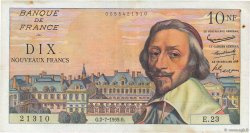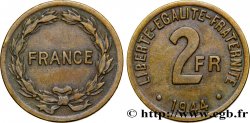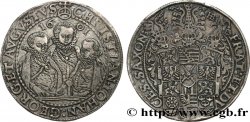Live auction - fwo_1054294 - OMEYYADES - HASHIM Dinar d’or 735 Syrie, Damas
Devi Sign-in ed essere un offerente approvato fare un'offerta, Login per fare offerte. Conti sono soggetti ad approvazione e di approvazione sono raggiunti entro 48 ore. Non aspettare fino al giorno di una vendita si chiude per registrarti.Confermando la tua offerta su questo oggetto ti impegni ad un contratto legalmente vincolante per l'acquisto di questo prodotto e fare clic su «offerta» costituisce accettazione dei termini di utilizzo de live auctions cgb.fr.
Offerta deve essere collocato in euro gli importi interi vendita only.The si chiuderà al momento sulla descrizione dell'oggetto, eventuali offerte pervenute al sito dopo l'orario di chiusura non verranno eseguite. Volte transmition possono variare e le offerte potrebbero essere respinto se si attende per gli ultimi secondi. Per ulteriori informazioni ckeck le FAQ Live auction.
Le offerte vincenti saranno sottomesse ai 18% per spese di compartecipazione alla vendita.
Le offerte vincenti saranno sottomesse ai 18% per spese di compartecipazione alla vendita.
Tipo : Dinar d’or
Data: AH. 118
Data: 735
Nome della officina / città: Syrie, Damas
Metallo : oro
Titolo in millesimi : 1000 ‰
Diametro : 20 mm
Asse di coniazione : 6 h.
Peso : 4,25 g.
Grado di rarità : R1
Diritto
Descrittivo diritto : Légende circulaire ; au centre, légende en trois lignes.
Rovescio
Descrittivo rovescio : Légende circulaire ; au centre légende en trois lignes.
Commento
Le nom du dinar vient, par le Syriaque, de denarius aureus (denier d'or). Créé en 696-697 (an 77 de l'Hégire) par le calife Abd el Malik, il a pour modèle le solidus byzantin. Longtemps frappé uniquement à Damas, la capitale, il est alors inutile d'indiquer l'atelier sur les pièces. La masse choisie, 4,25 grammes environ, est fondée sur la masse arabe d'un metqäl, mais correspond en même temps à la moyenne des masses d'un assez grand nombre de solidi alors en circulation donc un peu usés et n'ayant plus leur masse théorique de 4,5 grammes. D'après la loi dite de Gresham - la mauvaise monnaie chasse la bonne - cette très légère différence devait être un élément favorable à une rapide diffusion du dinar, au détriment du solidus..
The name of the dinar comes, via Syriac, from denarius aureus (gold denarius). Created in 696-697 (year 77 of the Hegira) by the caliph Abd el Malik, it is modeled on the Byzantine solidus. For a long time minted only in Damascus, the capital, it was then unnecessary to indicate the mint on the coins. The chosen mass, approximately 4.25 grams, is based on the Arabic mass of a metqäl, but at the same time corresponds to the average of the masses of a fairly large number of solidi then in circulation, therefore a little worn and no longer having their theoretical mass of 4.5 grams. According to the so-called Gresham's law - bad coin drives out good - this very slight difference was to be a favorable element for a rapid diffusion of the dinar, to the detriment of the solidus.
The name of the dinar comes, via Syriac, from denarius aureus (gold denarius). Created in 696-697 (year 77 of the Hegira) by the caliph Abd el Malik, it is modeled on the Byzantine solidus. For a long time minted only in Damascus, the capital, it was then unnecessary to indicate the mint on the coins. The chosen mass, approximately 4.25 grams, is based on the Arabic mass of a metqäl, but at the same time corresponds to the average of the masses of a fairly large number of solidi then in circulation, therefore a little worn and no longer having their theoretical mass of 4.5 grams. According to the so-called Gresham's law - bad coin drives out good - this very slight difference was to be a favorable element for a rapid diffusion of the dinar, to the detriment of the solidus.








 Data di Live
Data di Live  Segnalare un errore
Segnalare un errore Stampate la pagina
Stampate la pagina Condividi mia selezione
Condividi mia selezione Fai una domanda
Fai una domanda Consegnare / vendere
Consegnare / vendere
 Descrittivo
Descrittivo










